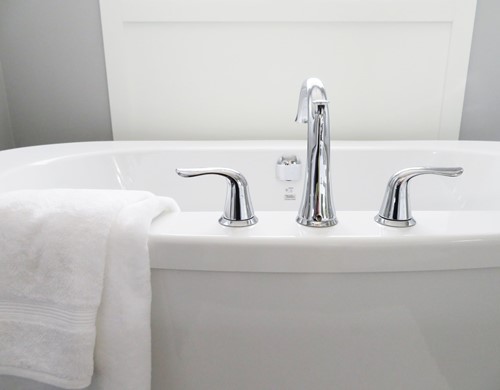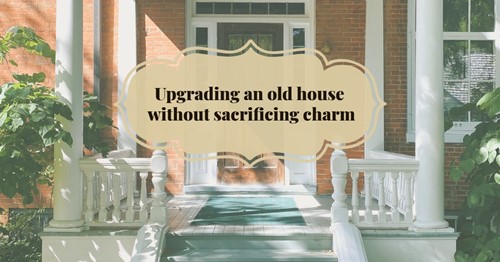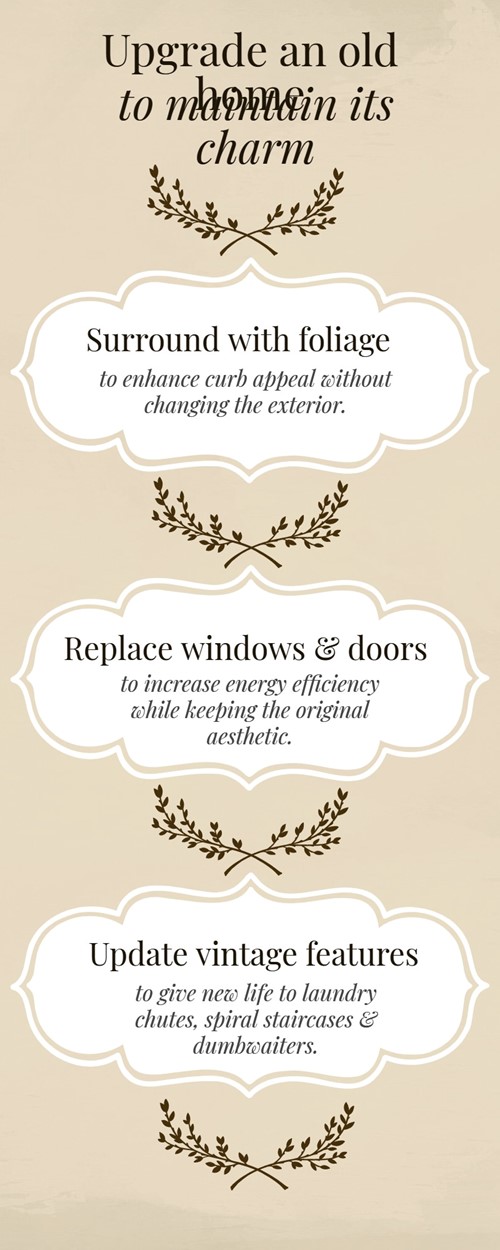
Investing in real estate doesn’t require buying new property. If you already own a home, improving it is one of the best long-term investments you can make. You can increase your home’s value and make life more comfortable for yourself at the same time.
Here are some of the best ways to invest in your own home:
Replace Old Flooring
Real or engineered hardwood flooring might seem costly up front, but it’s an excellent way to add value to your house. This counts especially if you are also removing carpet in the same step. Hardwood floors are durable, versatile and timeless and there are a variety of stains and finishes available to increase their longevity and keep them looking their best. Both real wood and engineered wood floors can go decades without maintenance, which saves you money in the long-term and adds a highly sought-after feature for potential homebuyers in the future.
Refresh Your Bathrooms
For bathroom remodels, a little can go a long way. Even just a fresh coat of paint or new light fixtures can make an enormous difference in the aesthetic and overall feel of a bathroom. For a bigger investment, replace dated fixtures and flooring. You can save money on utilities and help the environment by adding efficient features like low-flow toilets. If you’re handy, you can DIY most bathroom projects. You can invest your time and effort into making the upgrades yourself rather than paying a contractor.
Finish Your Unfinished Spaces
If you have an unfinished attic or basement, now might be the time to finish it. The great news is that you don’t have to decorate these spaces fully for the project to be an excellent investment. Adding insulation, flooring and finished drywall can be enough to make the space useful and therefore valuable. One thing to keep in mind with finishing basements and attic spaces is local building code requirements. There may be certain steps to take in order to count the square footage of the space as “livable” in a home appraisal or sale, so it’s a good idea to consult an expert to make sure you’re investing the right way.
Update Your Plumbing
New plumbing is always a good investment. Like electricity, the quality of your plumbing affects quality of life in almost every part of the house. Old pipes are prone to corrosion, which over time can affect drainage or even cause more serious issues like leaks. You can increase energy efficiency and home value if you opt to replace old pipes with new ones that are better insulated. While some plumbing projects are doable from a DIY standpoint, if you’re doing a full-home upgrade of the entire system, hire a professional to help. You want to make sure that everything is installed perfectly to make the most out of a potentially pricey upgrade.
These are just a few ways to invest in your home, but don’t forget that any minor changes add up. Start small if you don’t feel ready to take on an extensive project. You’ll be investing both time and money and see the benefits both in quality of life and in eventual home resale value.



